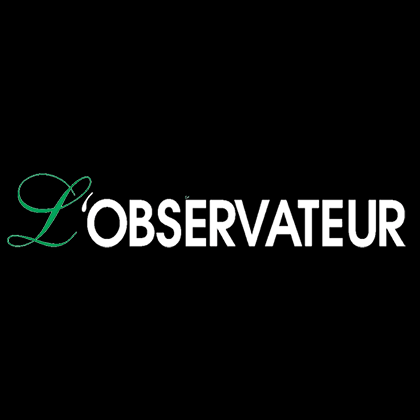Seniors can reduce their tax burden by donating to charity through their IRA
Published 9:14 am Tuesday, November 8, 2022
|
Getting your Trinity Audio player ready...
|
In most cases, distributions from a traditional Individual Retirement Account are taxable in the year the account owner receives them but there are some exceptions. A qualified charitable distribution is one of the few exceptions.
A QCD is a nontaxable distribution made directly by the trustee of an IRA to organizations that are eligible to receive tax-deductible contributions. QCDs can’t occur from Simplified Employee Pension plans and Savings Incentive Match Plan for Employees IRA.
Making a QCD can benefit the taxpayer by reducing their taxable income while they support qualifying charitable organizations of their choice. The taxpayer doesn’t have to worry about meeting the standard deduction or itemizing deductions with a QCD.
Trending
Financial institutions report QCDs on Form 1099-R for the calendar year the distribution occurs. There’s no number or letter code on the Form 1099-R that indicates the distribution was a QCD.
QCD Guidelines
- Taxpayers who make a QCD must be at least 70½ years old on the day of the distribution.
- A QCD will count toward a required minimum distribution.
- The taxpayer must have an acknowledgement of the contribution.
- The amount of the QCD can’t be more than the amount of the distribution that would count as income.
- Declare the QCD as income to claim the charitable contribution as a deduction.
- The maximum annual exclusion for QCDs is $100,000.
- When filing a joint return, the spouse can also have a QCD and exclude up to $100,000.
- Any QCD more than the $100,000 exclusion limit counts as income like any other distribution.
- The amount of QCD contribution limits for exclusion reduce after age 70½.
Reporting a QCD on an income tax return
- Report a QCD on Form 1040; report the full amount of the charitable distribution on the line for IRA distributions.
- On the line for the taxable amount, enter zero if the full amount was a QCD and enter “QCD” next to this line.
- See the Form 1040 instructions for additional information.
Taxpayers must also file Form 8606 if the QCD came from:
- a traditional IRA and they received a distribution from the IRA during the same year, other than the QCD; or
- a Roth IRA.







